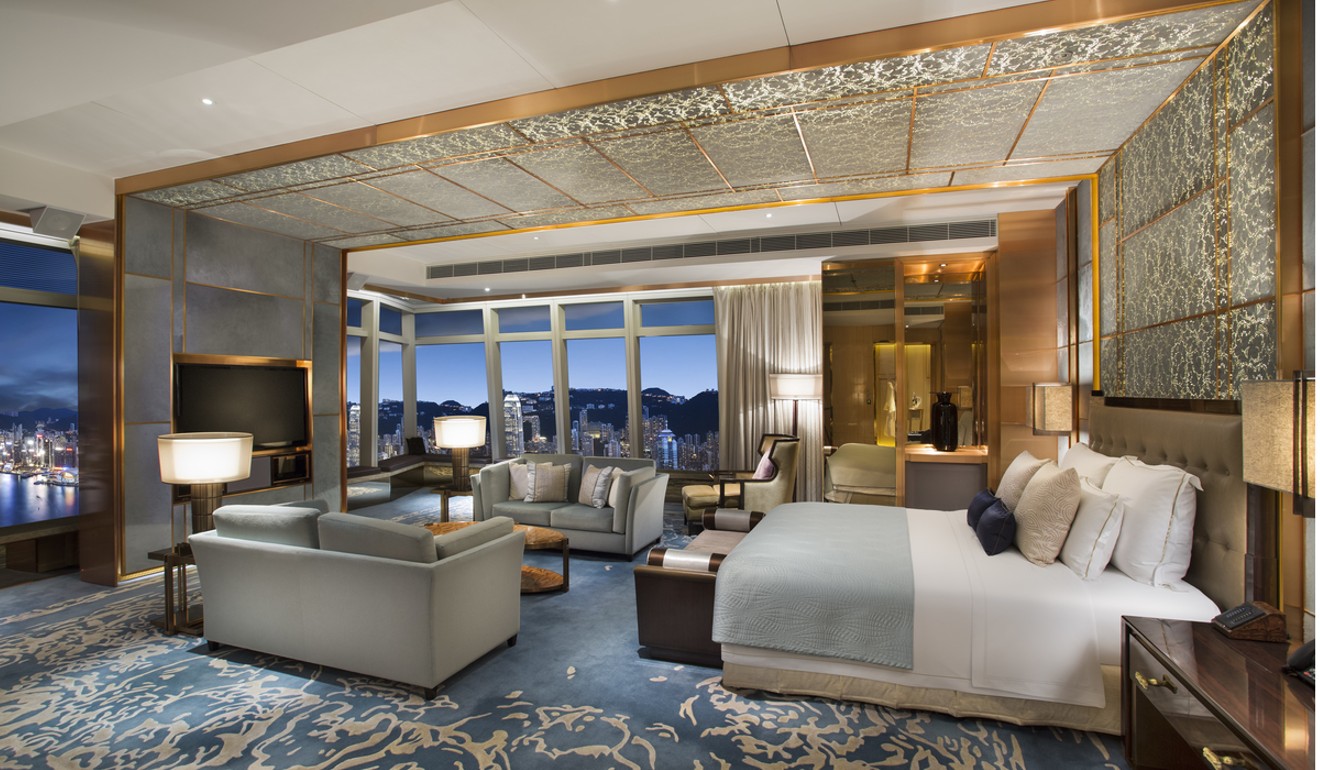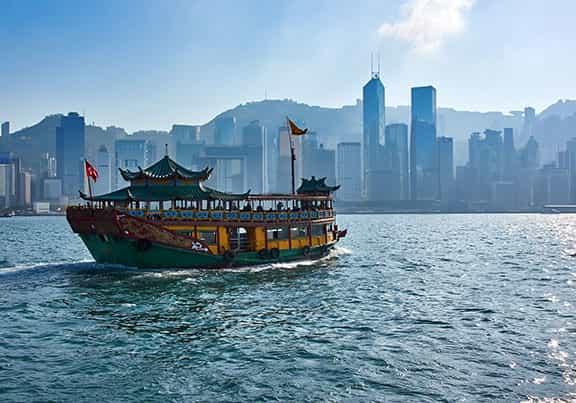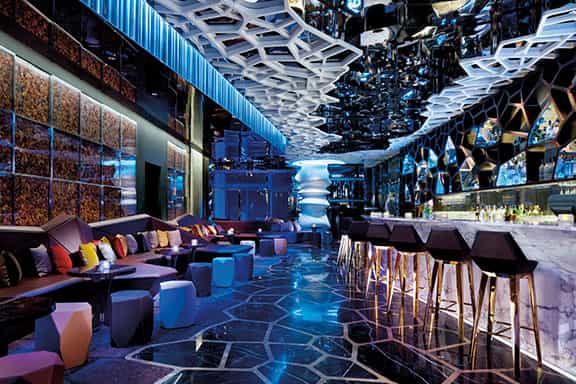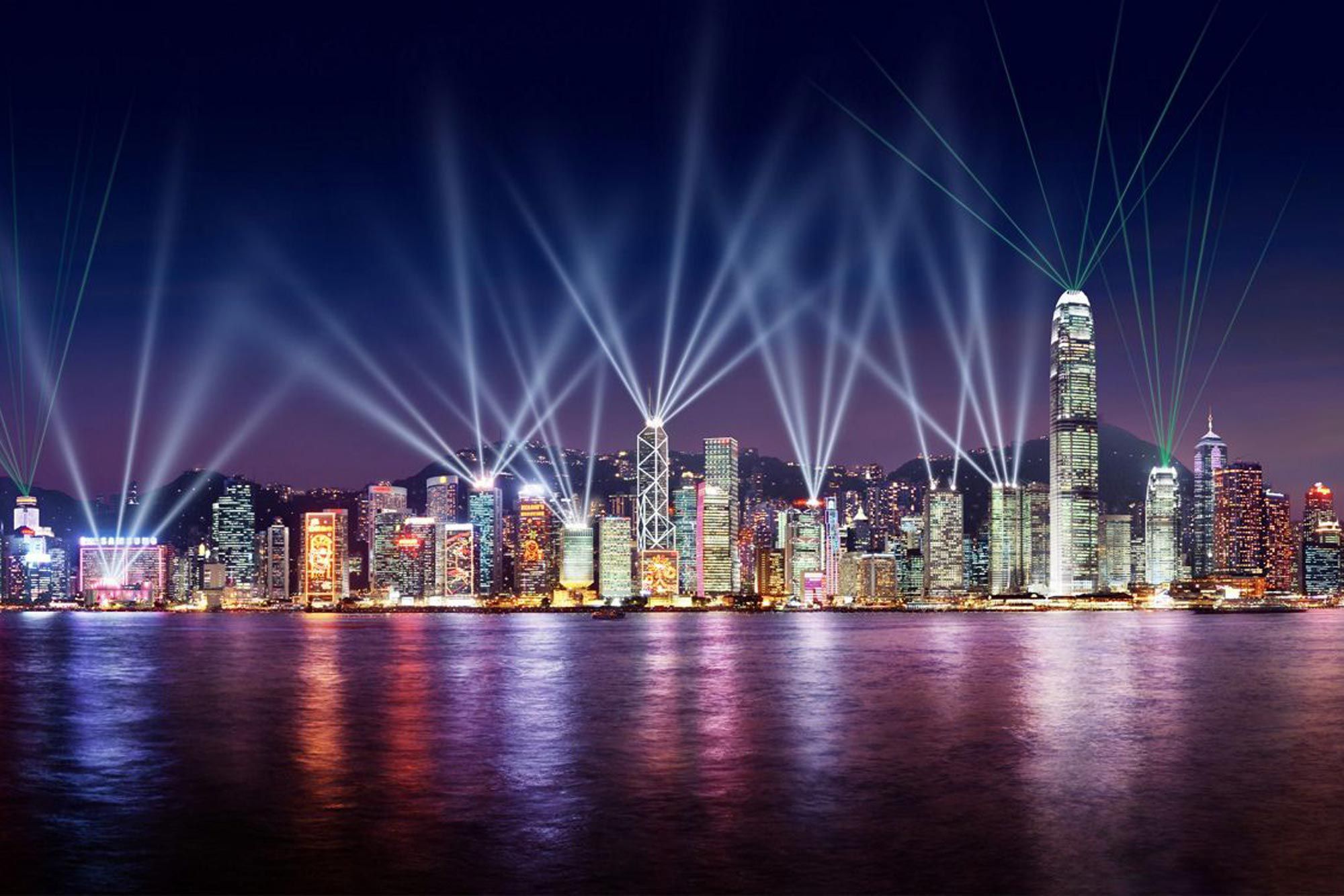Sunday Morning / September 6, 2015
It’s been almost twenty years since Hong Kong was handed over to the People’s Republic of China, and this city has continued to impress with how cosmopolitan and individualistic it seems while maintaining it’s status as a melting pot for cultural diversity and economic growth. Moving here a couple of months ago was a great opportunity; not only to help my company develop it’s presence in the Asia Pacific region as a US investment management firm, but to also expand my cultural awareness and experiences. It’s hard not to notice all the development and growth around you when living in Hong Kong. The property boom alone has been remarkable, and while it could be coined a “bubble” in the eyes of many, the demand remains consistent. With the synergy that exists between the People’s Republic of China and Hong Kong, there is a great formula for success longer term.

Carlton Suite via Ritz-Carlton
The luxury hotel and resort industry was neither popular nor positioned for great economic development in the wake of the global financial crisis, yet the Ritz-Carlton Hong Kong may actually be accomplishing two goals in one. By offering a five-star hotel experience right inside the new International Commerce Center, its prime location accommodates the new economic relationship between the People's Republic of China and their Special Administrative Region in Hong Kong, and positions the Ritz-Carlton on Kowloon Island at the financial epicenter of the world.

Kowloon Island via Ritz-Carlton
The Ritz is far and away the tallest building in Hong Kong and now the most prominent feature of Kowloon Island that is rapidly becoming one of the most affluent areas in the region. The hotel claims floors 102-118 at the very top of a new office-commercial-condo complex known as the International Commerce Centre or ICC. The hotel is a five-minute walk from the famous Star Ferry, and subway connections are directly underground transporting you through over 1,000,000 square feet worth of shopping malls and retail stores. And it only get better from here because 2015 saw a new high-speed rail terminal being built nearby which began delivering tourists daily from Shanghai. Ritz-Carlton is squarely within the action of Hong Kong now, and is positioned ideally for the city’s future growth. Even though there are several attractions and activities within such a close proximity, the hotel itself has plenty to offer in its own right.

Ozone Bar via Ritz-Carlton
Entering the lobby at the Ritz-Carlton Hong Kong one encounters gold and silver, snakeskin and lacquer, and a wide array of marble, glass, and chrome. The views outside the hotel are even more breathtaking. Given the floors the hotel occupies, there are stunning views of Kowloon, the New Territories, and Victoria Harbor. If you’re lucky enough to grab a room with a view of Victoria Harbor, be sure to catch the “Night of Lights” show at least once from the hotel view; since it may actually be better than experiencing it from the deck of the Star Ferry itself. There are also six dining venues on the 102nd floor, though the Ritz-Carlton Club Lounge on the 116th floor is a must for all guests of the hotel. In addition to the amazing views of the harbor, there is a relaxed atmosphere to go along with the tremendous buffet and list of wines and spirits available. If you prefer an atmosphere not quite as relaxed, the place to go is the Ozone at the Ritz-Carlton’s 118th floor sky bar. Be sure to get in line early as this bar is typically packed with bankers and brokers after the market close, though later on in the night you’ll have a DJ entertaining the crowd in one of the more prime nightlife spots in all of Hong Kong.

The Night of Lights via Ritz-Carlton
In the weeks and months that have passed since my arriving in Hong Kong, I’ve now settled into a routine and modest apartment of my very own. Though I anticipate my professional stint in Hong Kong to be temporary, I’m amazed that it all began here: in this hieroglyphic world of luxury, amenity and lifestyle which makes the real world pale in comparison. Perhaps, as Asian philosophy goes, the concept of “Yin and Yang,” which describes how polar opposites or seemingly contrary forces are intertwined in the natural world, nevertheless give rise to each other in turn. Opposites, after all, only exist in relation to each other, and are manifestations of the way in which we measure and value the world. That Chinese medicine, science, and martial arts were conceived from this philosophy reminds me that the distance between my modest apartment and the soaring Ritz-Carlton on Kowloon Island is really just a journey of a few city blocks (or 1000 years) depending on your Yang.








